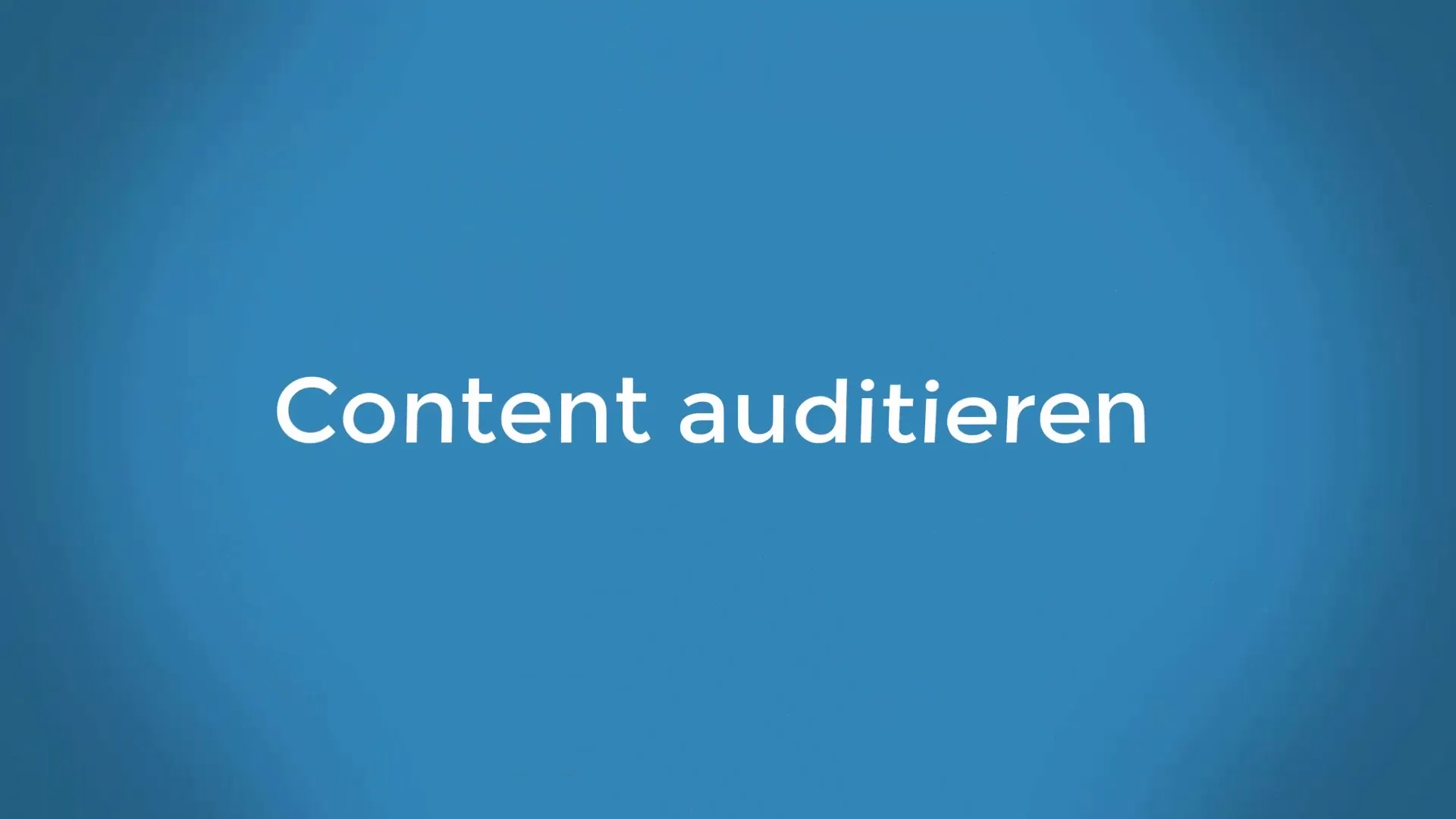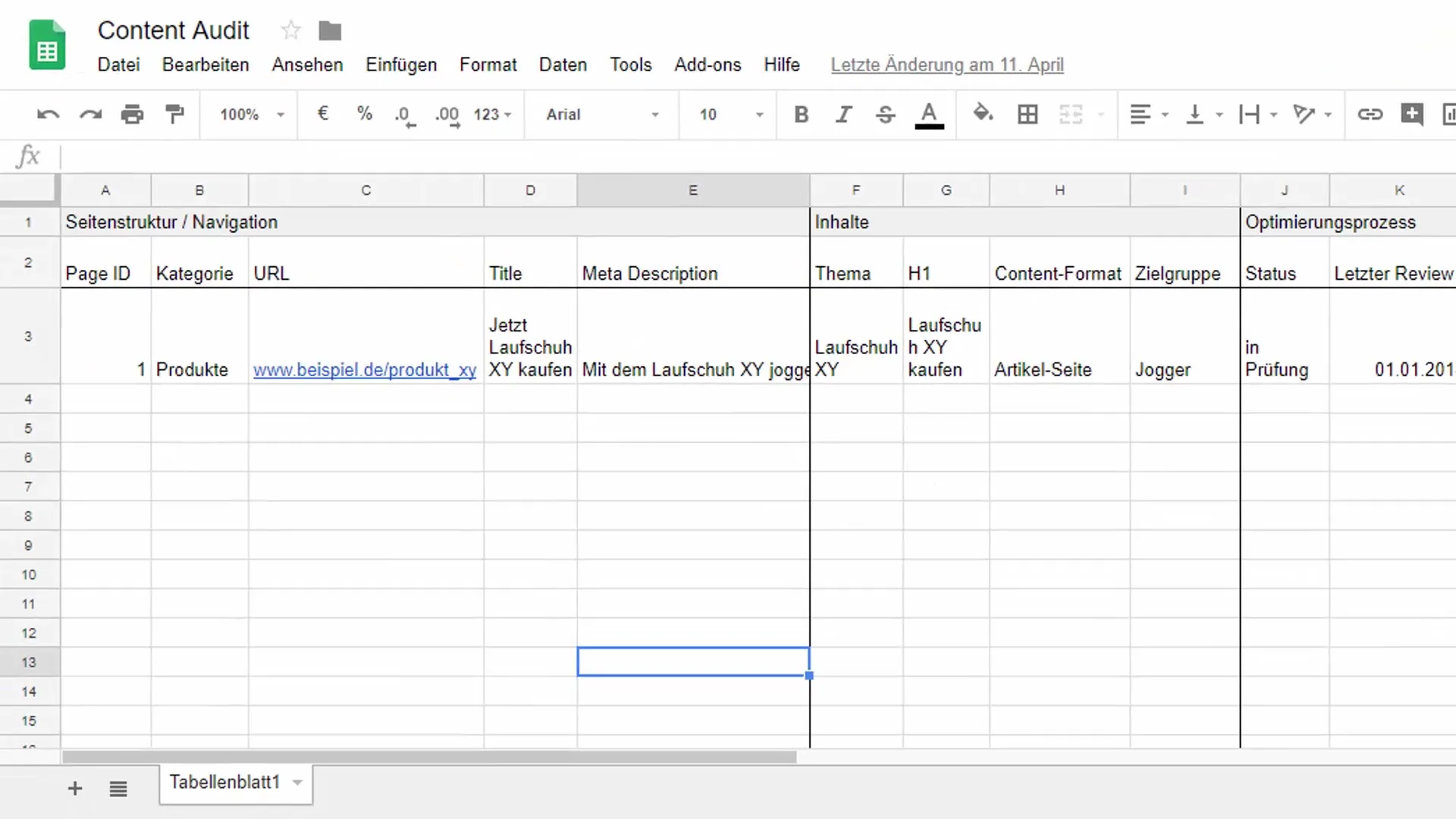Content Audits often sound daunting and labor-intensive. However, the true value of a content audit lies in the clarity it provides about your existing content. This process is comparable to an inventory in a supermarket. Whether you have a few items or your content is flourishing in abundance, counting and documenting will give you valuable insights into your content portfolio. Let's explore the exciting world of content audits and find out how you can implement this effectively.
Key Insights
- A content audit is an inventory of your existing content.
- You document your content to clarify responsibilities.
- Google Analytics is a useful tool for quickly gathering relevant data.
- The content audit will help you understand the strengths and weaknesses of your content and make targeted improvements.
Step-by-step Guide
1. What is a content audit?
A content audit is an inventory of your existing content. You should imagine this analysis as the beginning of your journey, with the established goal being the end. In other words, the content audit represents your current state. This analysis allows you to count your articles, document their locations, and much more.

2. Estimate the time and effort
Of course, conducting a content audit takes time. But the benefits far outweigh the effort. A well-executed content audit gives you the chance to realign your strategies and goals. So don’t be deterred by the supposed complexity.
3. Document your existing content
To start, count your articles and document their locations on your website. Just like in an inventory, you can maintain clarity. In the digital realm, you can gather all this information more quickly and easily.

4. Use Google Analytics
A valuable tool for your audit is Google Analytics. With it, you can gather all necessary analytical data at once. You will receive information about the URLs, the number of page views, bounce rates, and the average time visitors spend on your site. These metrics are crucial for assessing the effectiveness of your content.
5. Document detailed features
In addition to standard features, you should also document the topics of the respective URLs. It's also important to clarify responsibilities, especially if multiple people are working on the website. Patterns for responsibilities can create clarity and encourage teamwork.
6. Consider additional aspects
Besides the basic aspects, you can also document potential rights restrictions, including image rights. You should also note the keywords you want to optimize your URLs for. This will help you increase the visibility of your content.
7. Evaluate the collected data
Once you have gathered all relevant data, it's time to analyze it. How do you interpret these numbers? What conclusions can you draw to successfully develop your website? In the next chapters, I will provide you with suggestions on how to use the collected data to adjust your strategy.
8. Tools to support your audit
To assist you with your content audit, some tools were also mentioned in the tutorial. A Google Sheet is available to store and manage the important data for your next audit. There's nothing better than consolidating everything in one place.

Summary – How to Win Customers with Content Marketing: Content Audit Step by Step
A content audit is an essential step for anyone looking to optimize their content. By recording and documenting your content, you can uncover strengths and weaknesses, adjust strategies, and ultimately win more customers gain. Take the time for a structured audit process – the results will be worth it.
Frequently Asked Questions
What is a content audit?A content audit is an inventory and analysis of your existing content.
How long does a content audit take?The duration varies, but it takes time; however, it is worthwhile due to the benefits.
What tools do I need for a content audit?Google Analytics is an important tool for gathering relevant data.
How do I interpret the collected data?Analyze the metrics to identify strengths and weaknesses of your content and make necessary adjustments.
Can I analyze my URL optimization?Yes, document the keywords you want to optimize and analyze their performance.


